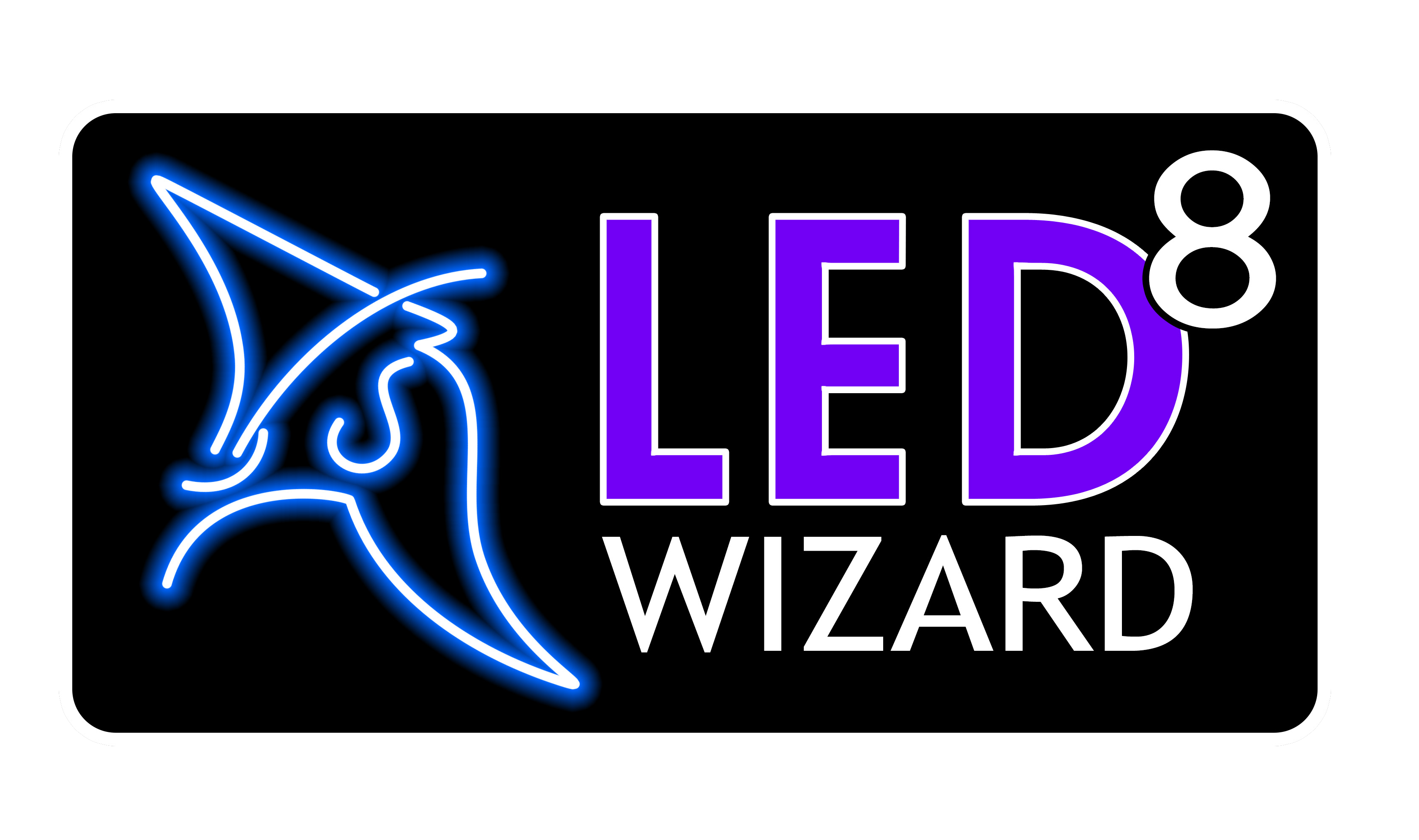This feature simply converts the selected vector graphic(s) into a bitmap image, using the selected resolution (DPI). It's a short cut for exporting to a bitmap and then importing it again.
It's also useful when a complex graphic using gradients or other effects takes up a lot of memory and makes printing many copies difficult or just slow. Converting to a bitmap with Rasterize can greatly ease the memory usage in these cases.
When deciding on the settings to use for Rasterize, consider the purpose of rasterizing and the eventual output size. If you are Rasterizing with the intent of then Vectorizing, use a DPI and/or Height/Width that gives you enough data to get good results. On a simple horizontal letter set, for example, this may be 1000 pixels for the Height.

DPI
This is the final DPI of the resulting bitmap. DPI is Dots per Inch. An image that is 10" tall by 8" wide at 300 DPI would then be 3000 pixels tall by 2400 pixels wide. Changing the DPI value will change with Width and Height values.
Width
This is the width in pixels of the resulting bitmap. Make sure this is least as big as you require but not much bigger.
Height
This is the height in pixels of the resulting bitmap. If you are Rasterizing a letter set that you then want to (Re)Vectorize, make the height at least 1000 pixels or larger.
Margin (%)
You may specify a margin to add from the edge of the bitmap.
Oversampling
This can be used to smooth the edges. In Anti-Alias mode this is not necessary.
Replace
This option replaces the original vector graphic or group with with the resulting bitmap. If you uncheck this option, you will end up with the original vector object and the new bitmap object.
Transparent
This is only available in Anti-Alias mode. It will allow the background to continue to show through, whereas normally the background is white.
Color Box
The small box next to the Done button is the background color to use. Click this area and then use the Color Tab to pick a new background color.
 LED Wizard 8 Documentation
LED Wizard 8 Documentation
 LED Wizard 8 Documentation
LED Wizard 8 Documentation